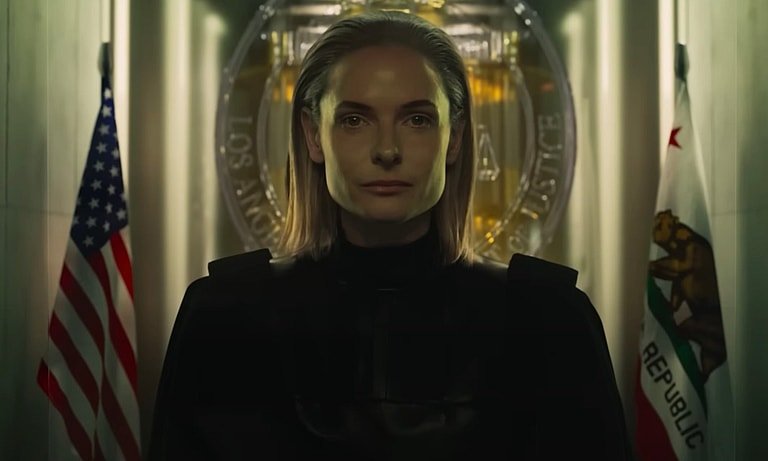3 Body Problem
/Coming from Game of Thrones creators David Benioff and D. B. Weiss as well as Alexander Woo, the streaming series 3 Body Problem is a sci-fi thriller based on a trilogy of books of the same name by Chinese author Liu Cixin. Its screen adaptation for Netflix was undoubtedly spurred in part by the series being recommended by Games of Thrones writer George R. R. Martin, in addition to multiple high profile public figures such as Barack Obama and Mark Zuckerberg.
Apart from these endorsements, the trailer paints a compelling picture, propelled by a cover of the 2000 classic “Everything in Its Right Place” by Radiohead, pulled mainly from the version by SCALA & Kolacny Brothers. SCALA is an all-girls’ choir from Belgium, and the Kolacny brothers are a duo who frequently collaborate with the choir, with over 250 covers (and counting) to their name.
Perhaps the most obvious comparison that you may be wondering about is whether these musicians were also responsible for the soundtrack to probably the most critically lauded trailer of the 2010s, The Social Network, with a cover of Radiohead’s "Creep"—and of course they are.
That however doesn’t discredit the fact that the approach continues to be compelling, and there are many significant differences in the overall editing approach. Where The Social Network’s trailer let the cover play undisturbed with various dialogue over top, 3 Body Problem does much more in terms of weaving the musical arrangement under, over, and through the diegetic space. From the beginning at 0:06, an extra percussive click with the flashlight turning on synchs to the introductory piano riff, which evaporates in a wall of reverb just a moment later. With multiple references at the outset to a countdown of some kind, the introduction of a ticking motif—a pervasive trailer trend in recent years—also makes narrative sense.
At every narrative beat, it seems, something is done to alter the arrangement of the cover song. For example, at 0:21 we hear the choir on the syllable “thing” of “everything” in the absence of piano or any other instrumentation. At 0:27, a cello enters the arrangement following the studio title card. Added epic percussion at 0:36 and 0:40 accentuates each change in camera angles and scenes; now the dialogue is picking up, and the music sustains a groove. However, not for long: at 0:48 we get a sudden and momentary shift to a compressed rhythmic tone, matching the low angle we see with some kind of military infantry standing on guard, only for the original musical arrangement to resume at 0:50.
At 0:52, we get another spot where the piano evaporates into a wall of reverb, to serve the dramatic one-liner: “it’s watching and listening.” The choir returns with an outburst (“everything”) in time for the directors’ title card (“from the creators of Game of Thrones”). All this, only for our sonic expectations to be subverted yet again with a blaring motif, in the absence of the rhythmic activity we expected, matching the shocking display of a person hanging by a noose on a lamppost.
The soundtrack and story converge at 1:14 with the on-screen push of a button; at this point, the choir is mixed quite low, but doesn’t quite disappear, and a subtle ticking sound and eerie, high-pitched sounds and epic percussion dominate. We see a montage of action peppered with dialogue, with scenes often changing on the beat. The full choir returns at 1:55 for the final montage, topped off by the signature Netflix Tudum.
Throughout, the editors play with and subvert expectations around the cover song in the service of the trailer’s edit, which in turns synchs precisely with the musical beat. Adding epic percussion, sound effects, pausing the song, or suspending parts in reverb are just a few of the ways that the editors successfully push and pull the parameters of the soundtrack to help accentuate and mark the on-screen narrative. What’s more, the fact that many audio viewers probably know the original song rather well helps them be able to do so in a manner that still sounds cogent.
3 Body Problem arrives on Netflix March 21st.
— Curtis Perry







